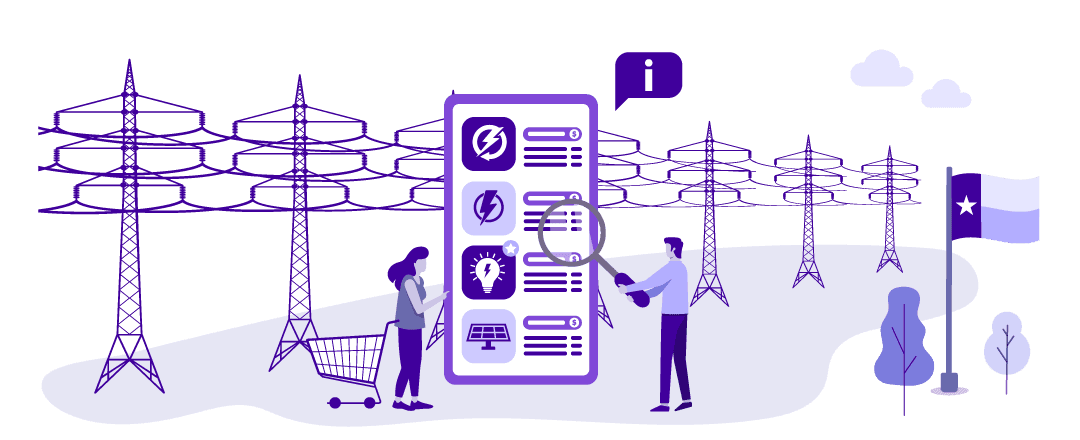Power to Choose vs PowerToChoose.org

"Power to Choose" Does Not Mean PowerToChoose.org
PowerToChoose.org is a website managed by the Public Utility Commission of Texas (PUCT) that helps consumers compare electricity plans. The names sound similar, but they are not the same thing. This guide breaks down how they differ, how they connect, and what to keep in mind when using the site.
What Is Power to Choose?
Power to Choose is your right, as a resident of a deregulated area, to select your Retail Electric Provider (REP). Instead of being assigned to one utility company for both service and supply, you can shop among dozens of electricity providers offering a variety of plans.
This choice exists because of Texas’s deregulated electricity market, which was created to encourage competition and give consumers more control over their energy costs and experience.
What Is PowerToChoose.org?
PowerToChoose.org is the official electricity plan comparison website created and maintained by the Public Utility Commission of Texas. The site is designed to help consumers:
View available electricity plans in their zip code
Compare pricing at different usage levels
Access each plan’s Electricity Facts Label (EFL)
Filter plans by rate type, contract length, renewable content, and other features
PowerToChoose.org is free to use, contains no advertising, and does not accept payments from providers to influence listings. All plans are displayed based on user-selected filters and sorting preferences.
What You Can Do on PowerToChoose.org
The site offers several helpful tools:
Search by zip code to see available plans in your area
Sort by pricing, renewable content, or contract length
Filter by provider name, plan type, or usage level
Compare multiple plans side by side
View and download EFLs to get a clearer view of each plan’s details
It’s a good starting point for Texans who want to get a broad look at what’s available in their area.
What to Watch For When Using the Site
While PowerToChoose.org is a helpful resource, there are a few things to keep in mind:
1. Rates Are Based on Usage Assumptions
The estimated price per kWh is often tied to a fixed monthly usage—typically 500, 1000, or 2000 kWh. If your household uses more or less than these amounts, your actual cost may be different. Always check the EFL for the full pricing breakdown.
2. Plan Names Can Be Confusing
Some providers offer multiple plans with similar names, each with small differences in pricing or terms. Pay close attention to contract length, fees, and how pricing tiers work.
3. Sorting by Lowest Price May Not Show the Full Picture
The plan with the lowest advertised rate may include bill credits, usage thresholds, or minimum fees that make it less affordable once you factor in your actual usage.
Don't overpay for electricity.
Should You Use PowerToChoose.org?
The site can be a solid starting point for researching providers and seeing how plan features differ, but it should be used with caution and shouldn’t be the only tool you use. Take time to:
Visit provider websites to double-check terms
Read the full Electricity Facts Label
Look into reviews and customer experiences
Consider your personal usage habits and needs
The more you understand what you’re looking at, the easier it is to spot a plan that fits your lifestyle.